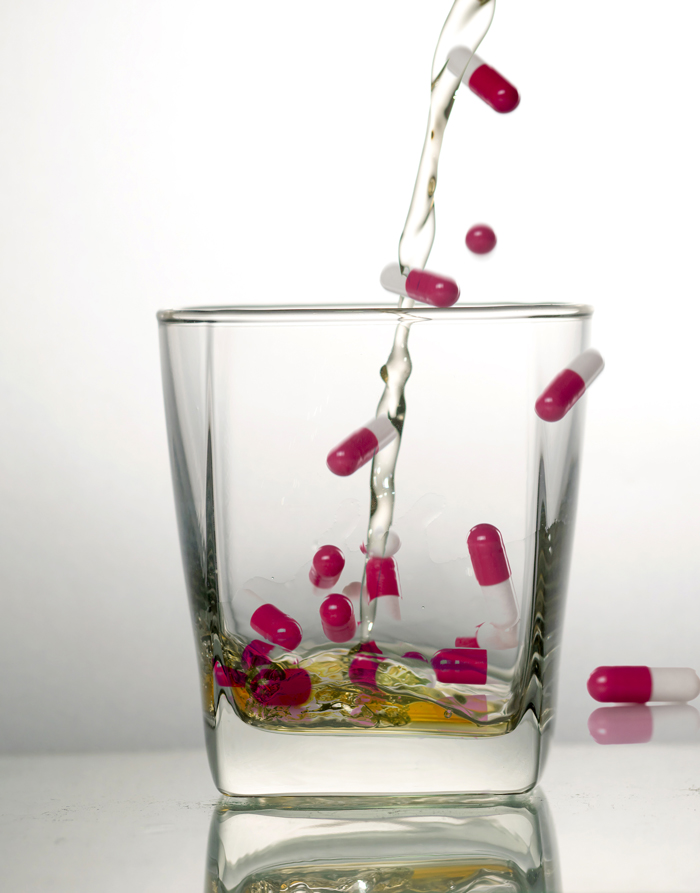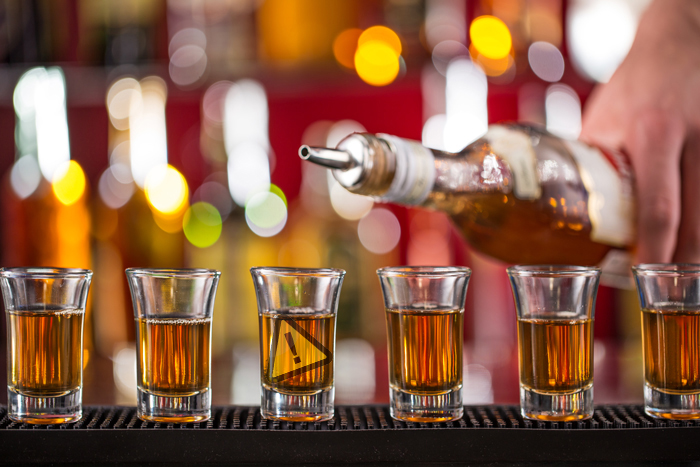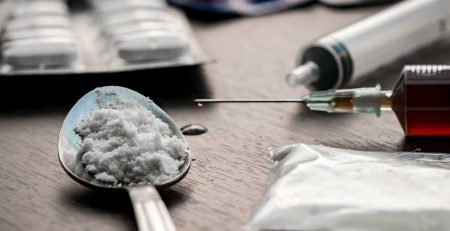While much of the national discussion about substance abuse and addiction has been focused on the rising death tolls surrounding prescription opioids and heroin use, alcohol-induced deaths remain perched near the top. New data from the Centers for Disease Control and Prevention (CDC) showed that the alcohol-induced death rate has increased by nearly 23 percent since 1999. It also revealed that more than 140,000 people die from excessive alcohol use in the U.S. each year. When accounting for deaths from drunk driving, other accidents, and homicides committed under the influence of alcohol, excessive alcohol use was responsible for more than 140,000 deaths in the United States each year during 2015–2019, or more than 380 deaths per day. But why are Americans drinking more alcohol?
Why Are Americans Drinking More Alcohol?

There are two simple reasons why Americans are drinking more alcohol: affordability and the coronavirus pandemic. One survey found that, on average, 3 out of 4 adults consumed alcohol on one or more additional days per month than previously.
For women, there was an increase of one day in 1 of 5 women, which indicated an increase in alcohol-related problems that are independent of consumption level for 1 in 10 women. Unsurprisingly, the recent increase in alcohol consumption had a lot to do with recent events, specifically the COVID-19 pandemic.
There was a reported 54% increase in national alcohol sales for the week ending March 21, 2020, alone, compared to the year before. Online alcohol sales also increased by 262% from 2019.
Three weeks later, the World Health Organization (WHO) warned Americans that alcohol use during the pandemic could exacerbate health concerns and risk-taking behaviors linked to drinking, such as liver disease and drunk driving. In addition to an increase in alcohol consumption during the pandemic, we must also consider how much alcohol prices have dropped in the last few decades.
Alcohol is more affordable than it has been in six decades, according to a study published in the American Journal of Preventive Medicine.
According to the study, consuming about 10 drinks a day (which currently approximately 24 million Americans do) would have cost about 45% of the average person’s income in 1950. In 2011, you could buy the same 10 daily drinks using only 3% of the average disposable income, meaning that it’s more affordable to buy alcohol today.
Rising incomes and falling prices are the main drivers of increased alcohol consumption, in addition to the pandemic. Another often overlooked factor is decreased state and federal excise taxes on alcohol. Additionally, more recent studies have shown that 63% of Americans drank some form of alcohol in 2021. As alcohol consumption rates continue to fluctuate, it is important to be cognizant of the many consequences of alcohol abuse.
Questions about our Programs?
Our admissions coordinators are available 24/7 to answer any questions you may have as you consider whether treatment at Banyan is right for you or your loved one.
The Consequences of Abusing Alcohol

Alcohol abuse, especially that which is prolonged or excessive, can have significant effects on a person’s life in many ways. The effects of binge drinking on social dynamics, legal issues, physical and mental health, and other areas are significant and warrant attention.
Factors to consider include:
- Social consequences of alcohol: Abuse of alcohol has a negative impact on social connections, relationships, and isolation from social networks. Heavy drinking on a regular basis can cause erratic behavior, anger, and poor judgment, which can lead to confrontations with friends, family, and coworkers. Furthermore, binge drinking might impair one’s capacity to carry out personal and professional obligations, resulting in a reduction in overall social functioning.
- Legal consequences of alcohol: Alcohol-related misconduct can result in serious legal consequences. Driving while intoxicated (DUI) is a serious infraction that puts other road users and the driver’s lives in danger. Heavy fines, license suspension, required education programs, and even jail time can lead to a DUI conviction. A criminal record, legal costs, and arrests may result from alcohol-related fights, property damage, and public disruptions in addition to DUI.
- Physical consequences of alcohol: Poor physical health is a common result of excessive drinking. Long-term heavy drinking raises the risk of several diseases. Chronic alcohol misuse can result in liver conditions such as cirrhosis, liver cancer, and alcoholic hepatitis. Other bodily effects include heart troubles, a weakened immune system, pancreatitis, digestive disorders, sexual dysfunction, and a higher risk of mishaps, injuries, and early death.
- Mental consequences of alcohol: Alcohol may at first offer a momentary escape or a sense of relaxation, but prolonged use can aggravate or worsen mental health issues. Abuse of alcohol is strongly associated with despair, anxiety, and an increase in suicidal thoughts. It may deteriorate memory, cognition, and general brain health. Additionally, alcoholism can result in an addictive loop that reinforces negative feelings and undermines one’s self-esteem.
What’s Leading to the Increase in Alcohol-Related Deaths?
The number of Americans who died from alcohol-related deaths increased significantly during the first year of the COVID-19 pandemic, according to a new study published in the Journal of the American Medical Association. Alcohol deaths rose above 99,000 in 2020, representing a 25% increase from the nearly 79,000 alcohol-related deaths in 2019.
There was also an average annual increase of 3.6% between 1999 and 2019. Another staggering statistic is that among adults under the age of 65, alcohol-related deaths slightly outnumbered COVID-19 deaths in 2020.
About 74,400 Americans between the ages of 16 and 64 died from alcohol-related causes, as compared with 74,075 people in the same age bracket who died from COVID-19. Specific factors such as drinking to cope with stress, higher rates of binge drinking, more emergency room visits for alcohol withdrawal symptoms, and delays in residential addiction treatment have contributed to increases in alcohol-related deaths.
What Can We Do About Increased Alcohol Consumption in the U.S.?
Leading researchers are pointing to the need for legislative action. It’s impossible to eliminate all substance use and abuse, as was shown during the nation’s failed attempt at prohibition in the 1920s. But just because alcohol abuse and the resulting deaths can’t be eliminated does not mean that they can’t be reduced.
Many leading researchers are pointing to the need for legislative action and federal policy changes. One of the loudest calls is for an increase in alcohol tax, as written by David Roodman, senior adviser for the Open Philanthropy Project. He explained:
“Higher prices do correlate with less drinking and lower incidence of problems such as cirrhosis deaths. And I see little reason to doubt the obvious explanation: higher prices cause less drinking. A rough rule of thumb is that each 1% increase in alcohol price reduces drinking by 0.5%. Extrapolating from some of the most powerful studies, I estimate an even larger impact on the death rate from alcohol-caused diseases: 1 to 3% within months. By extension, a 10 percent price increase would cut the death rate by 9-25 percent. For the U.S. in 2010, this represents 2,000-6,000 averted deaths/year.”
A 10% increase, put in context, amounts to only a few extra cents and dollars on a bottle of wine, spirits, or a six-pack of beer, but could save thousands of lives.
Children of Alcoholic Parents: It Starts at Home

One of the most significant predictors of a person’s future drinking habits is their parents’ patterns. It has been shown that children of alcoholics are approximately four times more likely to develop alcohol abuse problems than the rest of the population. It has also been shown that children may mirror their parents’ drinking habits when they become adults.
Even further than parents directing their children’s future substance abuse habits, they are also often the easiest way for kids to acquire alcohol. According to a study published in the Journal of Studies on Alcohol and Drugs, children who had sipped alcohol by the time they were in sixth grade were about five times more likely to have a full drink by high school and four times more likely to binge and get drunk.
Quite obviously, the most likely place for an underage person to get alcohol is from his or her parents:
- Nearly half of the kids between ages 12 and 14 who drink got their alcohol for free from a family member or at home.
- Approximately 709,000 U.S. kids between the ages of 12 to 14 have had at least one alcoholic beverage in the last month.
- Of this group:
- 93.4% said they got their alcohol for free the last time they drank.
- 44.8% of kids who got free alcohol said it was from a parent or in their home.
- 19.6% got alcohol from another underage person.
- 13.5% from an unrelated adult.
- 6.8% from someone else’s home.
- 8.7% got alcohol from other miscellaneous sources.
- 6.6% paid for their alcohol.
- Adults ages 26 and older who began drinking before the age of 15 are 5.6 times more likely to report having alcohol use disorders in the past year than those who waited until the age of 21 or later to begin drinking.
By working to reshape the thoughts and attitudes children have about alcohol use and abuse, parents can sow the seeds for a better future with fewer alcohol-induced deaths. This begins with parents setting examples with their actions and words.
Get a Free Insurance Verification Today!
"*" indicates required fields
Get Help for Alcohol Abuse Today
Alcoholism can take over a person’s life in the worst way possible. Their physical health, mental health, career, finances, and relationships can all be hit by alcohol abuse.
If you or someone you care about is struggling with alcoholism, reach out to our BHOPB detox center for help. Our Banyan Lake Worth rehab offers alcohol detox and addiction treatment that addresses the physical and psychological stages of recovery.
While detox focuses on helping clients recover from withdrawals and overcome drug cravings, our substance-specific treatment programs incorporate therapy modalities like cognitive behavioral therapy (CBT) to help patients make permanent changes in their behaviors and lives.
For more information about our alcohol addiction treatment or other options for addiction treatment in Lake Worth, call Behavioral Health of the Palm Beaches today at 561-220-3981.
Sources:
-
- JAMA Network – Alcohol-Related Deaths During the COVID-19 Pandemic
-
- David Roodman – The impacts of alcohol taxes: A replication review
-
- L.A. Department of Mental Health – Family History of Alcoholism: Are You At Risk?
-
- Journal of Studies on Alcohol and Drugs – The Prospective Association Between Sipping Alcohol by the Sixth Grade and Later Substance Use
-
- NIH – Underage Drinking
-
- Health Day – Many Young Drinkers Get Drinks From Home
-
- Gallup – What Percentage of Americans Drink Alcohol?
Related Reading:













